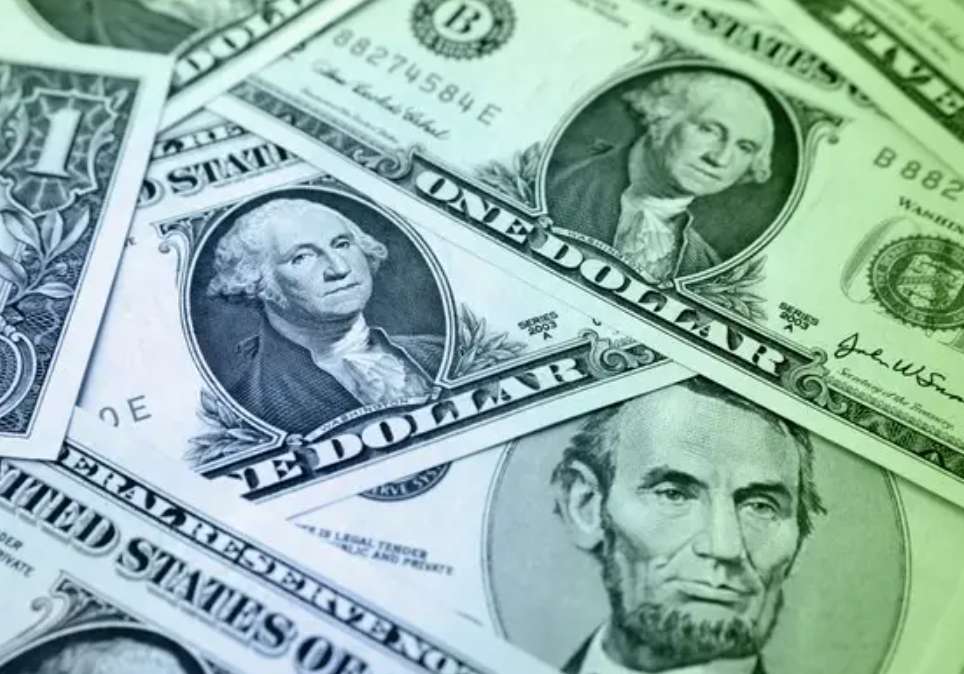Will U.S. Debt or China's Reserves Give Way First?
Advertisements
In recent months, the depreciation of the offshore Chinese yuan sparking widespread discussions has led many to believe that the ongoing financial contest between China and the United States places China at a disadvantage. The chorus promoting the dollar and dollar-denominated assets has gained momentum, reverberating through various financial circles.
This brings us to a pressing question: how escalated is the current financial and currency war between China and the United States? What do the weakening yuan and the strengthening dollar indicate about broader economic trends?
Time to Short the U.S. Stock Market
According to a report by The Wall Street Journal published on January 1, top traders at Goldman Sachs have sounded alarms over the current trajectory of the U.S. stock market. The S&P 500 Index has seen four consecutive days of decline, establishing the longest streak of annual declines since 1996. This suggests a growing pessimism among investors regarding the performance of U.S. equities through 2025.
Goldman Sachs' own data points to an increasing interest in short-selling the U.S. stock market, reflecting a brewing liquidity crisis. There has been a notable uptick in short positions coupled with a significant reduction in long positions. Although the market has not yet witnessed a dramatic drop, conditions are stacking against further bullish bets on U.S. stocks, especially as the Federal Reserve persists in enforcing higher interest rates, aiming to uphold the dollar's dominant status in the global financial arena.
Moreover, this approach inevitably siphons significant liquidity from the market. Adding to the complexity, the probability of interest rate hikes by the Bank of Japan is also on the rise.
As of December 31, 2024, the U.S. Dollar Index continued its robust climb, reaching new highs for the year, while both the Nasdaq and Dow Jones indices experienced various degrees of decline.
Beyond the confines of the financial markets, the U.S. real economy is beginning to show signs of a rapid downturn.
The Federal Reserve's primary economic objectives—taming inflation and ensuring the dollar's status in the global currency system—have led to increased interest rates, causing many businesses reliant on financing to face a substantial number of closures.
This very scenario has directly resulted in a rise in homelessness across the U.S. Since 2024, the number of homeless individuals has surged by 18%, reaching a staggering 771,480 people, and these figures only reflect those accounted for in official statistics.
Furthermore, reports from various U.S. media outlets suggest that the true number of homeless individuals is significantly higher than what official data indicates.
This stark reality underscores the current state of America, which diverges greatly from the seemingly robust performance of the stock market, fortifying the rationale behind the bearish sentiment among investors.
Despite an influx of investor optimism surrounding AI and its potential to transform the U.S. economic landscape, these speculative ventures remain largely untested, as enthusiasm for such trends gradually wanes.
The $50 Trillion U.S. Debt is Testing Limits

On December 31, foreign media reported that primary dealers of U.S. Treasury securities have increasingly felt the pressure of underwriting debt issuance. With the repurchase rate of U.S. Treasuries skyrocketing, some hedge funds are contemplating reducing risks associated with U.S. debt in their portfolios and have begun divesting from these securities. Meanwhile, intermediary banks acting as backstops are running low on liquidity.
Primary dealers are a select group of elite institutions on Wall Street, established by the Federal Reserve Bank of New York in 1960 to ensure the successful issuance of U.S. Treasury securities, effectively becoming the final buyers for any unsold debt. Today, however, the scale of U.S. debt has approached a whopping $50 trillion, placing an unsustainable burden on these dealers who lack the liquidity to continue purchasing U.S. debt systematically.
Over the last decade, from 2014 to 2024, U.S. Treasury issuance has tripled. It’s estimated that post-2025, in less than three years, the U.S. debt could breach the $50 trillion threshold.
Additionally, regulatory agencies find themselves powerless to stymie the inflation of U.S. debt, as government borrowing and spending continue to balloon. Military engagements abroad require the backing of Treasury debt, with events in Israel and the broader Middle East remaining intricately tied to U.S. debt assistance.
The current landscape of U.S. debt mirrors the Vietnam War era—marked by expenditure without corresponding returns. Although America refrains from direct military engagement, its economy has nonetheless become ensnared in the quagmire of conflict.
Since 2022, substantial resources have been expended, yet victories on the international stage remain elusive, rendering much of the military support futile—a potentially profuse waste of capital.
Unless there’s a dramatic shift in the global political environment within the next two to three years, achieving a balanced budget for the U.S. government seems increasingly unlikely.
Amidst this turbulent backdrop, the recent fluctuations in the offshore yuan's exchange rates continue to stir concerns, even dipping below the critical 7.36 mark, indicating a deepening trend of depreciation. Nevertheless, the data released by the central bank regarding the yuan's central parity reflects that speculative attacks on the yuan and yuan-denominated assets overseas have not swayed the People's Bank of China's steadfast commitment to supporting the currency.
This evolving economic scenario presents the framework of a currency conflict, encapsulated in a high-stakes game of endurance to determine whether U.S. debt and equities will falter first or the Chinese central bank's foreign reserves will run dry.